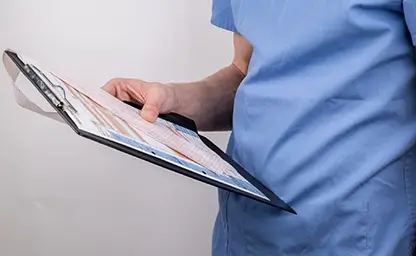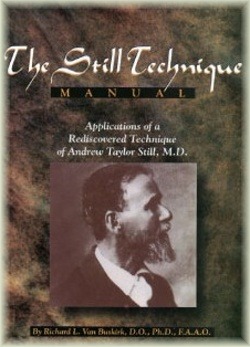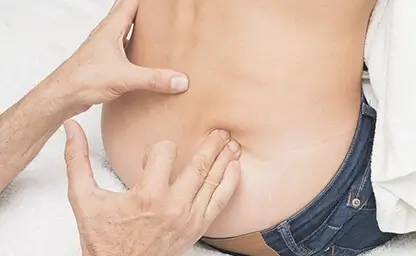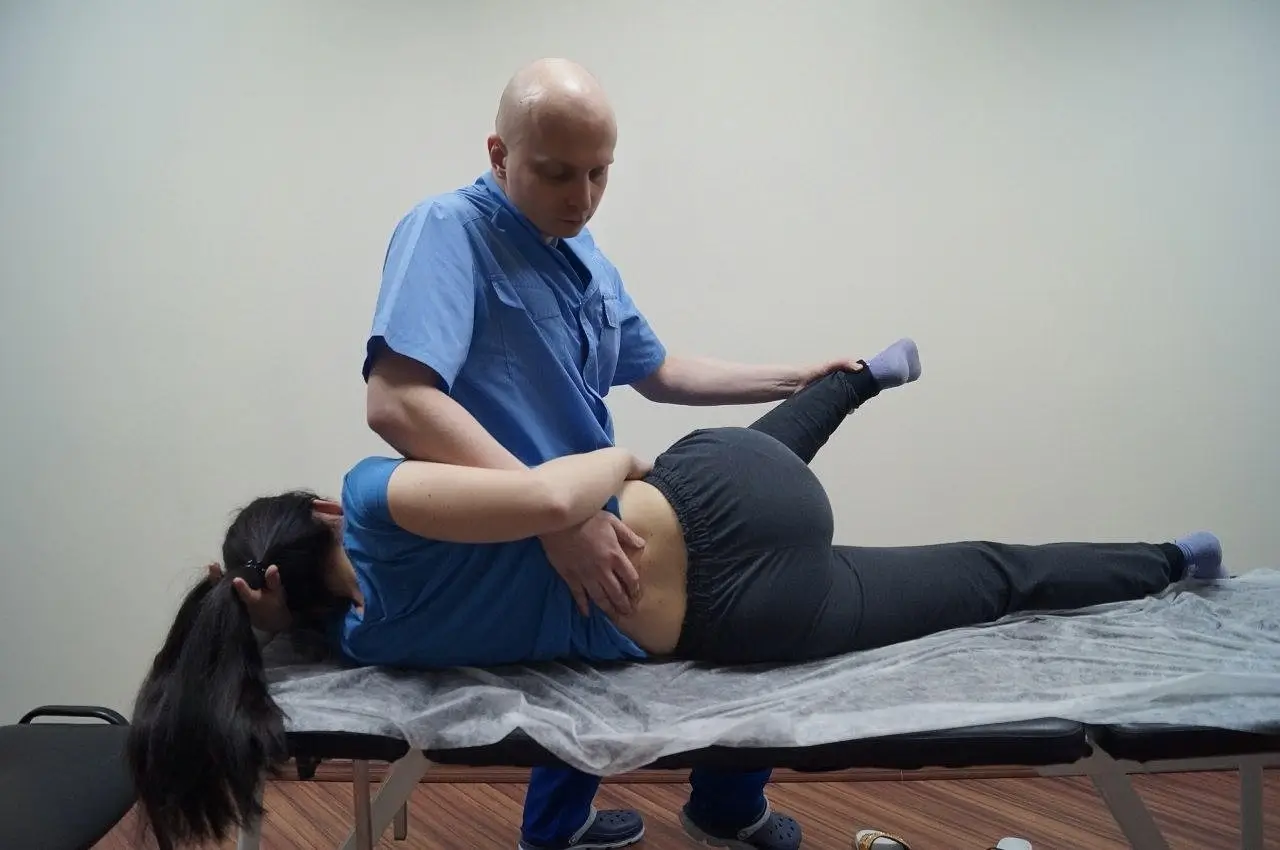

Still technique in OMT
STILL TECHNIQUE
So, what is Still Technique in osteopathic manipulation treatment? It is generally accepted in osteopathy that Dr. Andrew Taylor Still never wrote a book describing the methods he used. It is true that instead he tried, through his writings, to guide his students toward an understanding of structure and function, and then toward choosing the most appropriate treatment. He resisted the idea that they should do everything he did. He wanted to see thinking doctors, not mindlessly copying someone else's work.
 His methods were not systematized until Richard Van Buskirk, DO, PhD, published an article in 1996 describing a unique technique that Dr. Still had developed and applied. Dr. Van Buskirk first became interested in the research opportunity as a student at the West Virginia School of Osteopathic Medicine. This led him to further research into the writings of Dr. Still and his students. Sometimes he was able to relate these findings to demonstrations of techniques by other practitioners. A more thorough description appeared in The Still Technique Manual, in 1999.
His methods were not systematized until Richard Van Buskirk, DO, PhD, published an article in 1996 describing a unique technique that Dr. Still had developed and applied. Dr. Van Buskirk first became interested in the research opportunity as a student at the West Virginia School of Osteopathic Medicine. This led him to further research into the writings of Dr. Still and his students. Sometimes he was able to relate these findings to demonstrations of techniques by other practitioners. A more thorough description appeared in The Still Technique Manual, in 1999.
Still Technique is a passive method. The fact that it is a passive method as opposed to an active method is only part of the classification. The beginning, consisting of positioning in the direction of freedom, is an indirect technique. Then movement in the direction of restraint turns it into a direct, directive one. Treatment is directed toward the joint and soft tissue components of somatic dysfunction.
In conclusion, whether the technique is applied to the interphalangeal joints or the shoulder, the principles remain the same. There are several standard descriptions of application on specific areas of the body that are meant to be a pointing the way. However, the true direction is in the ability to explore, adapt, and individually apply the method.
Quite an interesting combination of direct and indirect approaches. And, although the principles are extremely simple, practical application requires knowledge of the anatomy and biomechanics of the joints and their possible abnormalities. In terms of skills, it also requires not only the ability to feel the barriers of mobility, but also the direction of lightness. From this it is quite obvious that the method is not very suitable for independent application, especially when there are excellent alternatives.
☛ Stecco technique of fascial manipulation.
☛ Strain Counterstrain Technique.




